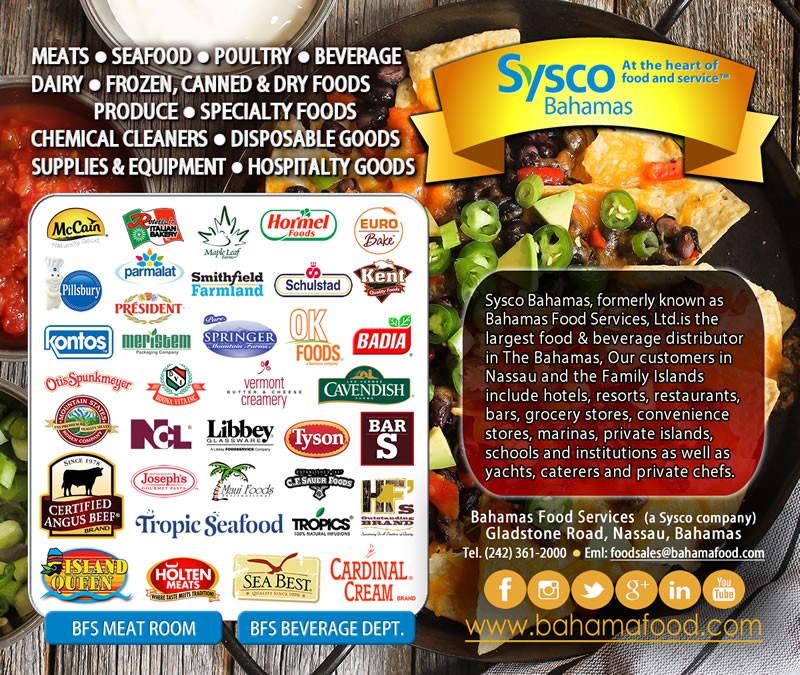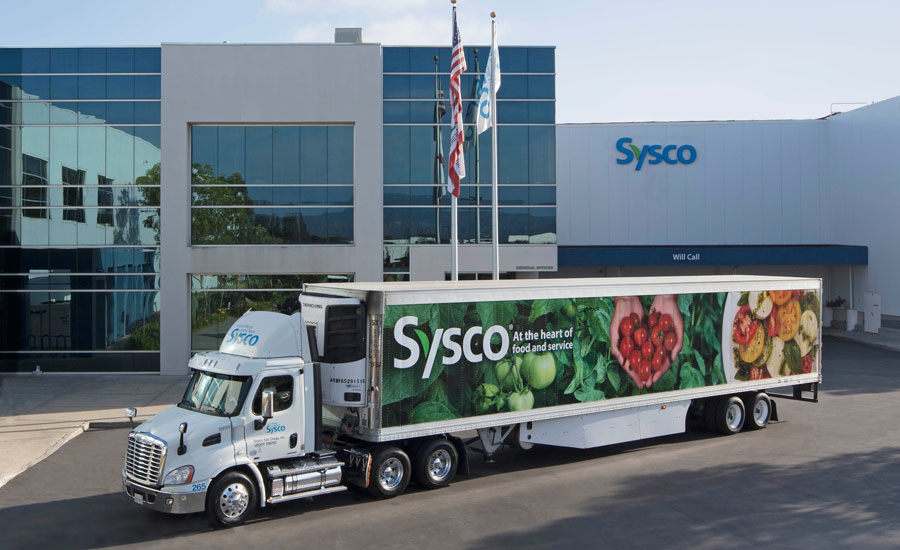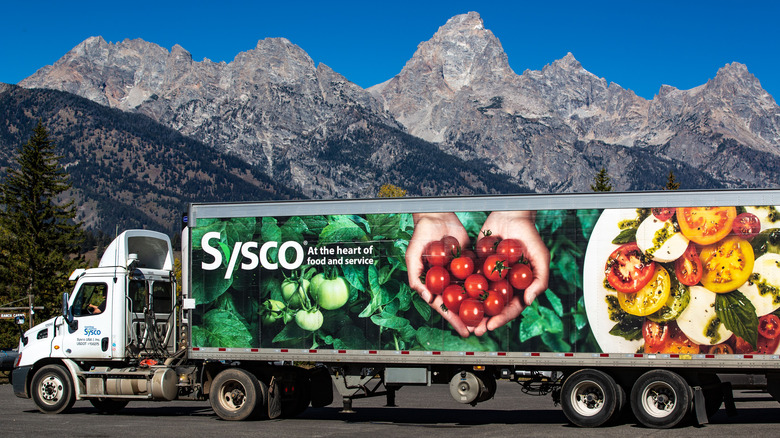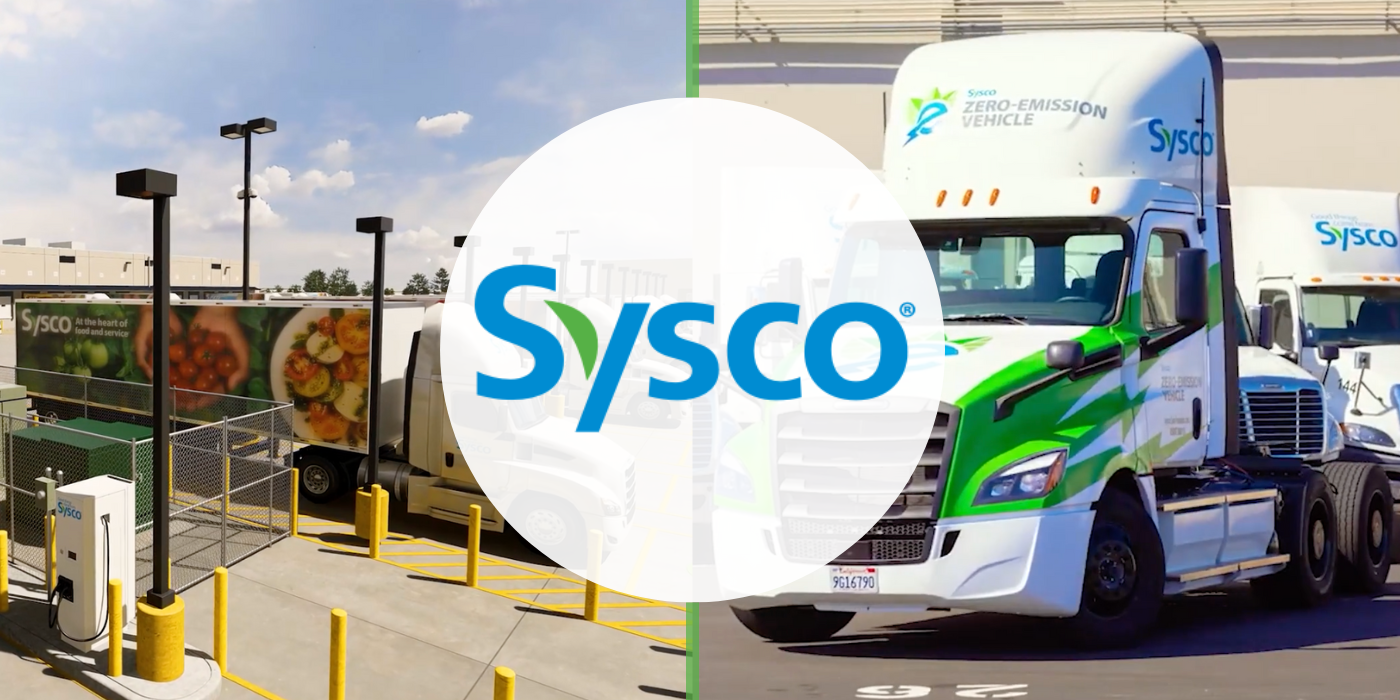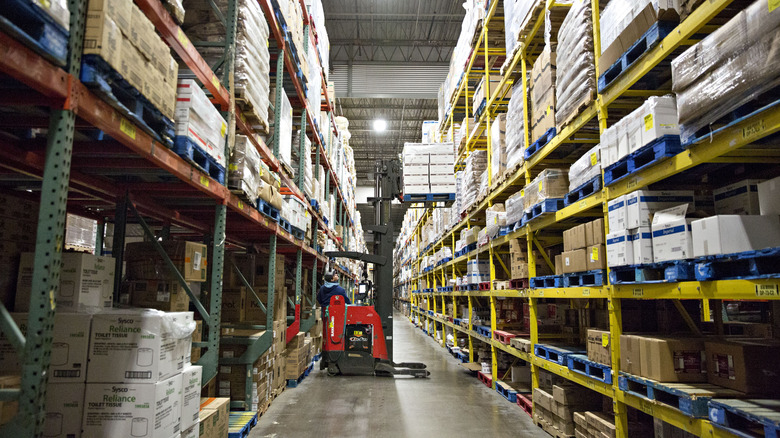Sysco Central Florida - Food Distributor & Restaurant Supplies
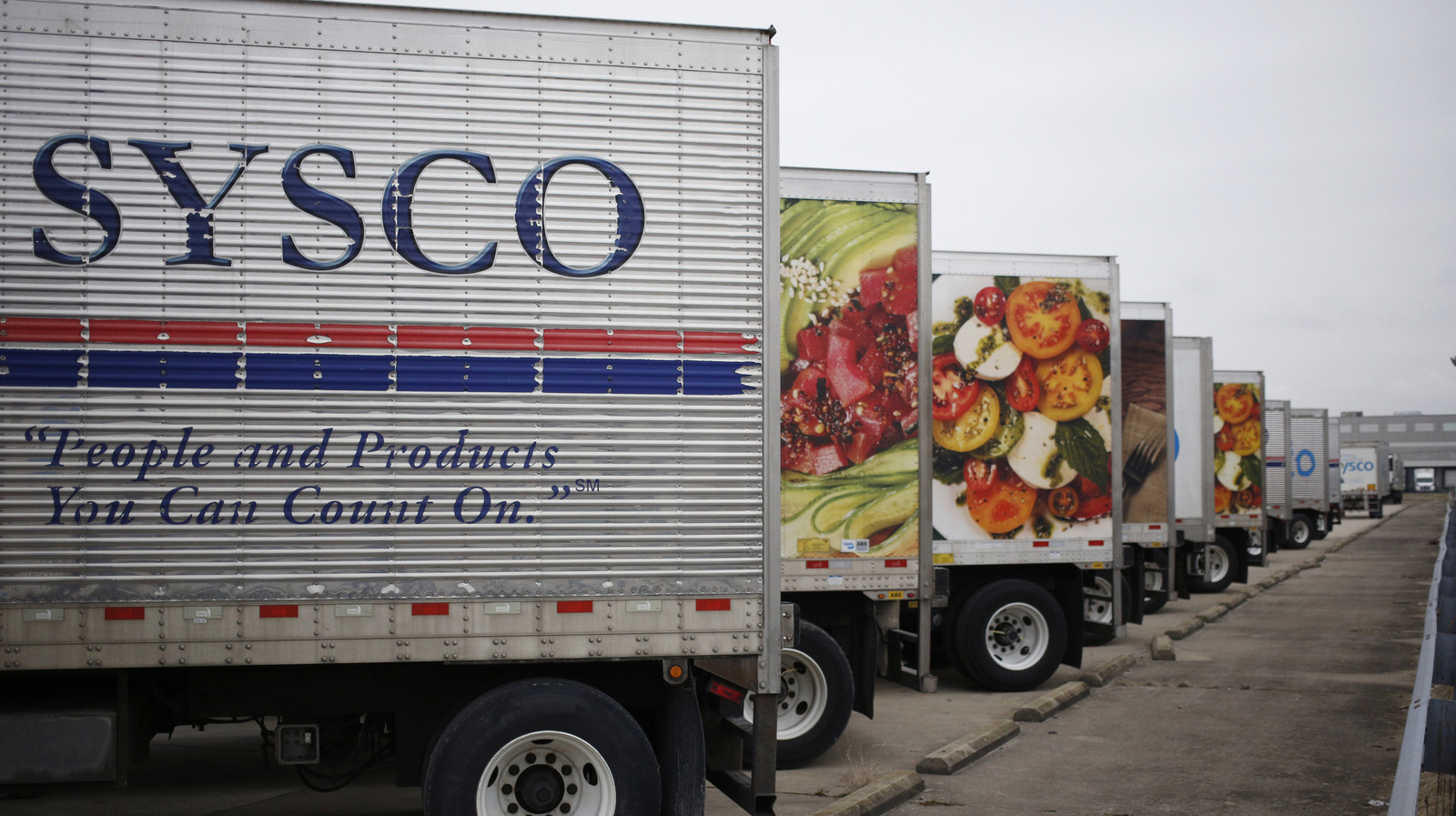
Sysco Central Florida, a major food distributor, faces mounting pressure as local restaurants report supply chain disruptions and fluctuating prices. Critical shortages of key ingredients threaten to cripple menus and impact customer satisfaction across the region.
This disruption, impacting everything from fresh produce to essential dry goods, underscores the fragility of the food supply chain and the immediate challenges facing Central Florida's culinary landscape. Restaurants are scrambling to adapt, raising concerns about potential closures and job losses.
Restaurants Struggle with Scarce Supplies
Chefs and restaurant owners are reporting unprecedented difficulty sourcing common ingredients. "We're experiencing shortages on everything from avocados to chicken wings," says Maria Rodriguez, owner of "Maria's Cafe" in Orlando. Her sentiment echoes across the region.
Some restaurants are forced to temporarily remove dishes from their menus. Others are exploring alternative suppliers, but those avenues are proving equally strained. The ripple effect is palpable.
"The situation is dire," states David Chen, manager of "Golden Dragon Restaurant." He explains, "We've had to increase prices on certain items, which is never a good thing."
Sysco Central Florida's Response
Sysco Central Florida acknowledges the current challenges. A company spokesperson released a statement earlier today attributing the issues to a combination of factors. Labor shortages, increased transportation costs, and unpredictable weather patterns are blamed.
The statement emphasizes Sysco's commitment to resolving the problems. They are actively working to secure alternative supply channels and optimize logistics. Their success remain unclear.
However, the company's response has done little to alleviate the immediate concerns of local restaurants. Some owners have expressed frustration with what they perceive as a lack of transparency from Sysco.
Price Hikes Add to the Crisis
Beyond scarcity, restaurants are grappling with rapidly escalating prices. "We're seeing price increases of 20%, 30%, even 50% on some items," says Sarah Miller, executive chef at "The Bistro." The surge drastically reduces profit margins.
Many restaurant owners fear they will be forced to pass these costs on to consumers. This prospect could deter customers and lead to a decline in sales. The industry is walking a tightrope.
Rising food costs are exacerbating an already difficult situation. Restaurants are still recovering from the pandemic's economic impact. These current conditions push many towards financial breaking points.
Local Farms Offer a Potential Solution
Some restaurants are turning to local farms as a means of mitigating supply chain disruptions. John Smith, owner of "Green Acres Farm," reports a surge in inquiries from local eateries. This could foster more resilience.
This approach offers the advantage of shorter supply chains and reduced reliance on national distributors. However, local farms may not be able to meet the total demand of Central Florida's restaurant industry.
The capacity of local farms to fully address the crisis remains a significant question. Scaling up production requires time and resources. This immediate issue poses a problem.
Community Impact and Concerns
The ongoing food supply crisis could have far-reaching consequences. Reduced restaurant profitability may result in job losses within the hospitality sector. Many employees could be affected.
The availability and affordability of restaurant meals are also at risk. Lower-income families may find it increasingly difficult to dine out. This impacts the community as a whole.
The potential for restaurant closures looms large. The long-term impact on Central Florida's vibrant culinary scene is a major worry.
Moving Forward: Immediate Actions Needed
Restaurants are urging Sysco Central Florida to provide a clear timeline for resolving the supply chain issues. They are also calling for greater transparency in pricing. This could increase communication.
Local government officials are exploring potential avenues for support. They are discussing measures to assist restaurants and local farms. These could provide relief.
The situation remains fluid, with ongoing monitoring and assessment required. The coming weeks will be crucial in determining the long-term impact on Central Florida's restaurant industry. Immediate action needs to occur.

